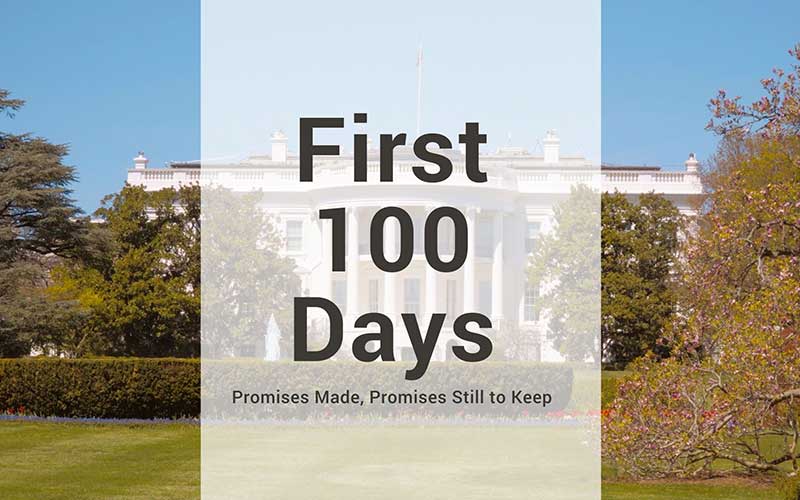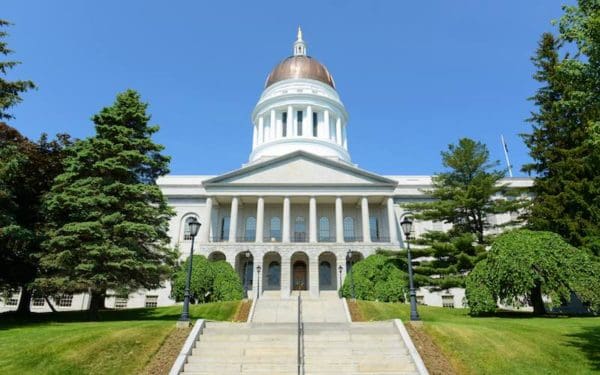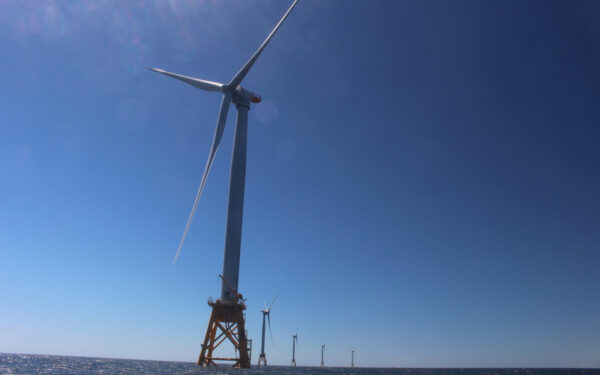
With a flurry of executive orders that he started signing just hours after his swearing-in, President Biden has taken critical first steps to right the damage Donald Trump has done to our environment, public health, social fabric, and climate.
Biden’s emphasis in his first week – on climate, the environment, public health, and environmental and social justice – came as a surprise, if measured by the sheer number of executive orders, which surpassed that of any modern president. If all of his first 100 days as president bear out the aspiration shown during the first seven, I see reason for great optimism.
But executive orders, even if impressive in number and substance, are not achievements. Like the campaign promises they reflect, such orders are politically easy. Even those that set forth ambitious goals generally do not change substantive policy or law unless agencies and the White House follow through with legislation, new rules, reallocation of resources, or other action.
So, while I am optimistic, this is no time for us all to be complacent. Here are five areas where President Biden moved quickly to undo Trump policies, but where much more must be done (and that CLF will push as priorities) in these first 100 days and beyond.
1. Bringing Back Science-based Decision Making
Biden’s first week provided a resounding rebuke to four years in which Trump disdained and dismissed sound science. On his first day, Biden targeted Trump’s rules putting draconian limits on what scientific studies the EPA can rely on to support its rules. A week later, he issued an executive order intended to restore scientific integrity and transparency government-wide. In the same order, he re-established the President’s Advisory Council on Science and Technology. These are expected and necessary steps to move science-based climate and public health policies forward.
Still to be done: Biden has yet to name a leader for the National Oceanic and Atmospheric Administration (NOAA), an agency that will be critical to restoring the proper role of science in climate and ocean policy. And, he needs to demonstrate early and consistently that his appointees will follow the science and the law even on highly controversial matters. Two early test cases will be:
-
- the Biden EPA’s decision on whether to adhere to the science and tighten clean air standards for soot and smog, and
- NOAA’s willingness to adopt emergency measures to protect the critically endangered North Atlantic right whale.
2. Rejoining the Paris Climate Agreement and Early Climate Action
On his first day in office, President Biden started the process for the U.S. to rejoin the Paris climate agreement. He also issued separate orders:
- revoking permits for the Keystone XL pipeline;
- directing agencies to consider suspending, revising, or rescinding Trump administration rules that undermine climate goals;
- and requiring agencies to identify and consider the social cost of greenhouse gas emissions in their decisions.
A week later, Biden issued another order embedding climate policy across all agencies. In the order, he directed a pause in new oil and gas drilling on federal lands and asked agencies to evaluate a permanent ban.
Still to be done: Biden’s recommitment to the Paris accord and his stated deadlines for reversing major Trump rules, while important, are not enough. In the first 100 days, Biden must lay out a roadmap and timeline for implementing his campaign climate plan through regulatory and other executive measures that do not require action by Congress. That should include a comprehensive clean transportation plan and a new clean power plan more stringent than the Obama version.
He also should follow up with rules to convert the executive order “pause” in new oil and gas drilling on federal lands into a broader and enforceable “keep it in the ground” policy. This would bar new oil and gas drilling and stop new fossil fuel infrastructure from being built on federal lands or in U.S. ocean waters. These more effective measures are necessary to begin a clean energy transition that will reduce climate-damaging emissions and air pollution while putting people back to work.
3. Rolling Back the Rollbacks
The Trump administration weakened literally hundreds of standards and protections related to human health and the environment. On Inauguration Day, Biden directed agency heads to review all of these rollbacks.
Biden also identified more than a dozen rules that agencies should immediately consider suspending, revising, or rescinding, including rules:
- relaxing toxic emissions from power plants,
- weakening clean car standards,
- eliminating limits on methane emissions from oil and gas operations, and
- cutting energy efficiency standards for appliances and buildings.
Biden also issued an executive order revamping the regulatory process, which has made agency rulemaking protracted, costly, and unresponsive to urgent public health and environmental threats.
Still to be done: Biden’s first orders wisely asked agencies for expedited review of a subset of Trump’s most consequential rules, focused on the most pernicious in terms of potential climate impact.
The broader review of all rules from Trump’s four years is a monumental task. With current resources and practices, EPA and other agencies simply cannot meet the requirements and deadlines of dozens of executive orders, develop rules to restore and strengthen protections gutted over the past four years (like the pre-Trump scope of Clean Water Act protections), and pursue Biden’s aspirations for new rules on climate, toxic chemicals, and environmental justice.
To have any hope of carrying out this ambitious agenda, Biden’s first budget will have to include significant staffing increases for EPA and other agencies. He will also have to rework the rulemaking process so that it is dramatically more timely and efficient.
4. Restoring New England’s Marine National Monument
On his first day in office, the President instructed the Interior Department to review the boundaries and conditions of the national monuments that Trump modified, including for the Northeast Canyons and Seamounts Marine National Monument. Opening the Atlantic’s only marine monument to commercial fishing was unlawful in the first place, and CLF is challenging the Trump administration’s move in court.
Biden also committed to preserving 30% of U.S. land and ocean waters by 2030 in his slew of climate-related executive orders issued on January 27.
Still to be done. The Interior Department should complete its review promptly and fully restore New England’s sole marine monument.
And, the administration should commit to identifying other areas of ecological significance – like Cashes Ledge in the Gulf of Maine – that should be permanently protected under the 30×30 goal.
5. Centering Environmental Justice Government-wide
Several of Biden’s executive orders elevate environmental and racial justice as priorities. These actions offer long-overdue recognition that communities of color are overburdened by economic stress, pollution exposure, illness, and early death – all resulting from decades of deliberate policy choices framed by systemic racism and historic disregard for people whose voices have been marginalized.
Specifically, Biden’s first-day order on pandemic recovery established a “Health Equity Task Force” that will recommend ways to mitigate and prevent unequal health burdens in disadvantaged communities. A week later, Biden issued an order that creates several White House interagency councils and task forces aimed at securing environmental justice and spurring economic recovery for these same communities. The order acknowledges the harms caused by chronic “underinvestment in housing, transportation, water and wastewater infrastructure, and health care.”
The order also establishes a “Justice40Initiative,” aiming at ensuring that disadvantaged communities receive 40% of the overall benefits from relevant federal investments.
Still to be done. President Biden has the opportunity and apparent willingness to redress racist policies and the systems that uphold them. But, he will need more than earnest executive orders and task forces to do it.
Building a more just future also requires exposing the gaps, loopholes, and bias in current regulatory, program, and funding structures that stack the deck against vulnerable, frontline communities. Biden’s January 27 order builds on (and explicitly amends) the only other federal executive order on environmental justice, issued by President Clinton 26 years ago. That order raised awareness but had a limited long-term impact. Biden’s actions must do more.
CLF Will Push President Biden to Hold True to His Promises
We are reassured to once again have a President who believes in science and has pledged to make progress on climate and environmental justice. But if past is prologue, many of Biden’s first-week executive orders may have no more impact than the press releases that accompanied them. That’s why, even as we hold our new president accountable to his promises, we also must continue our push at the state and local level for laws and protections that Biden simply may not be able to deliver, given the narrow margin in Congress.
Thank you for your continued support of our vital work here at home to tackle climate change, boost clean energy, protect our ocean treasures, and make our homes healthy and safe. We cannot be successful without you.




